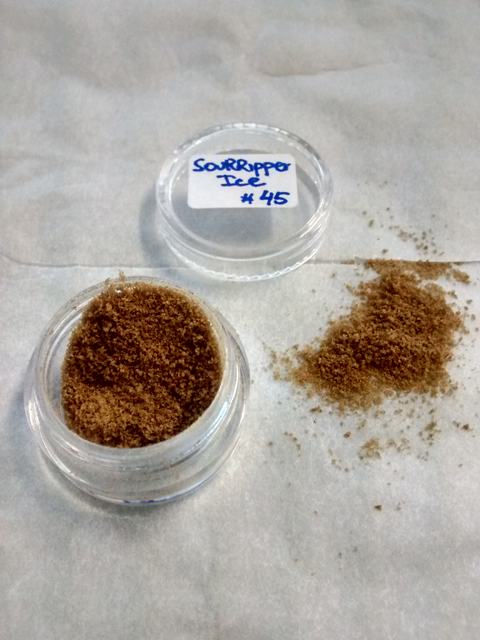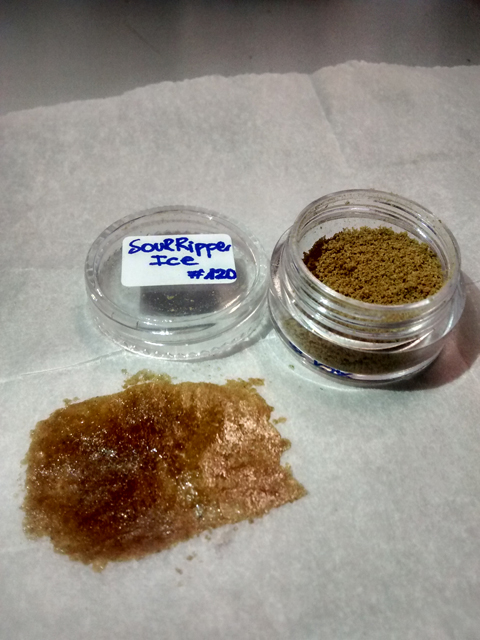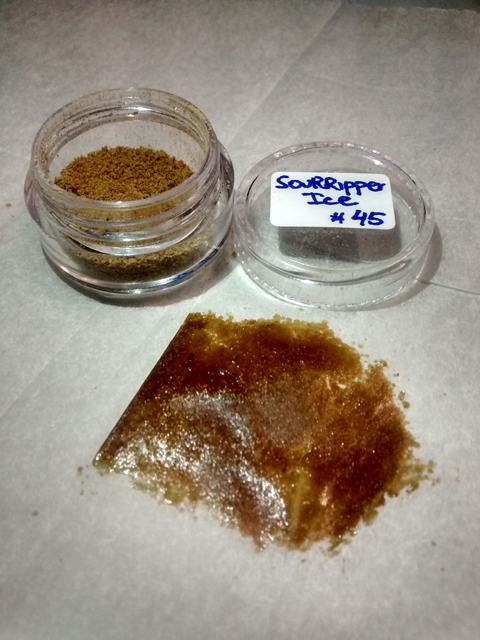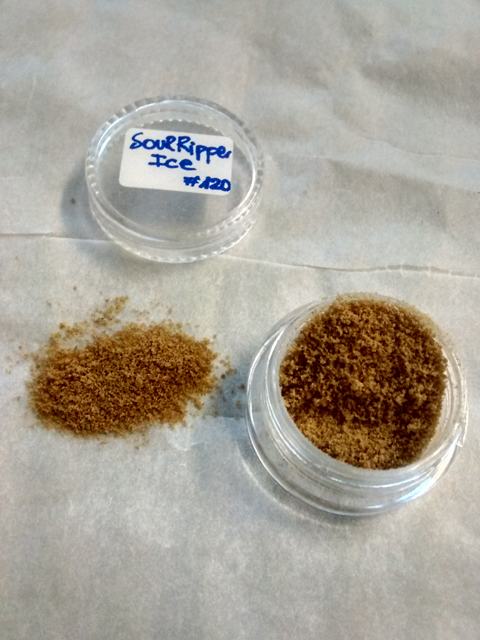When we talk about Iceolator, we are also talking about Bubble Hash, or IWE (Ice Water Extraction). To carry out this extraction we will only use water and ice , for that reason we can say that we are talking about solventless extractions (without the use of solvents). The Iceolator technique is a technique known to everyone and that is why we see how in recent years the level of quality of these extractions has risen to the point of seeing a large number of full melt or complete fusion samples. There are different methods to perform the extraction, one of the best known would be using materials that we can easily find in any growshop:
- washing machine
- triangles
- filter meshes
iceolator method used by Jhonny Pot
This method is very simple, you just have to follow the steps that we explain below:
- It is enough to fill the triangles with the material that we want to use for the extraction and put them in the washing machine, together with the ice. The proportion of ice depends on the method used by each person, in my case I usually use 2 bags .
- Once this step is done, we will add the water that we will have previously cooled in the refrigerator or, failing that, in the freezer. The temperature of the water at the time of extraction must be between 2ºC and -2ºC.
- At this point I usually add a half more bag of ice to cover the triangles and end up with the right proportion of water and ice, but this is optional.
- Now is the time to program our washing machine at different times, depending on the desired result. Personally, I usually schedule washes of between 9 and 15 minutes, since an excessive time could deteriorate the quality of the extraction . Attention! This is when, in my opinion, one of the biggest mistakes is made. We should not program the washing machine directly, it is important to use a thermometer to make sure that the water has already reached the desired temperature indicated above.
- Once the programmed time in the washing machine has elapsed, we will pour the beaten water into a bucket where we will have put the filter meshes, from lower to higher microns (25, 45, 73, 90, 120, 160, 190, 220). Each measure of trichome will be filtered through the mesh with the highest micron size and will be retained in the corresponding mesh. We will remove each mesh one by one, centering the trichomes with pressurized water and letting the excess water drain.
- Once each mesh has been drained, we will collect the material from each of them s with a metal spoon and place it on the 25 micron mesh squares that Bubblebags provide and that we will have prepared previously, placing several pieces of kitchen paper under each one of them to finish filtering the excess water that the extraction may contain.
Drying the Iceolator
Drying the Iceolator is for me one of the most important steps and on which we must focus our attention so as not to leave large portions of resin that would take longer to dry and could cause problems. To begin with, we must perform a shelling in small portions of the extracted resin to facilitate drying and prevent retained moisture from bringing us fungal problems with subsequent" crumbling "of our resin once it has dried. For this, I use a fine-grained strainer , approximately 150 microns in size. We will pass small portions of resin from the drying square to the strainer. With the help of the aforementioned spoon, we will push gently and exerting circular movements, in order to gradually pass the resin through the strainer. To finish cleaning the resin that could be trapped in the strainer we will use a metal bristle brush or, failing that, a toothbrush. The ideal is to let dry in a dark room , at a temperature that should be between 18ºC and 21ºC and a constant humidity of between 45% and 50%. I recommend the use of new pizza boxes, we just have to put a piece of greaseproof paper inside to avoid the contact of our resin with the cardboard, with this we will be able to facilitate the handling and separation by qualities of our extraction. Another technique for drying the material consists of the use of no-frost refrigerators , with which it is possible to reduce the drying time and carry it out at a lower temperature. With the use of these refrigerators there is also less oxidation of our extraction . All these small changes in the techniques that we apply today to make a good Iceolator make a difference and that is why we can see samples with such different colors and varied textures.
Interview with an extractor friend who shows us his technique and his Iceolator
-Which variety did you use this time for this Iceolator extraction? This time I used feminized marijuana seeds Sour ripper by Ripper seeds . -Have you used a washing machine or mixed the material in another way? I have used a very slow speed battery reamer, with the typical instrument to remove paint. - What brand of mesh have you used? I have the 8-mesh 4.5 liter Bubblebags mesh, but this time I have used 3. - Which mesh has given you the best quality? This time I have collected two qualities, one in the 120 mesh and the other in the 45 mesh in which I have collected together the 90,73 45, since this time I did not want a competition material and I think the result has been very good although I know that the best material would have been on the 73 mesh. - How long have you “beaten” the material used? This time I have beaten for 10 minutes. First, I have waited two minutes until the desired temperature of 2ºC was reached, measuring with the thermometer, in total it has been in the water for 12 minutes. - How long did the material used to dry / cure? I had the material for 2 months, so we can say that it had dried and part of it had cured. - This curing was very well done, and from what I see you have been able to safeguard the color of the resin. What extraction drying technique have you used? Microplane or Sieve tech? I have frozen the material after letting it drain on the screen and collect it. After 24 hours of freezing, I have used the Microplane method on a piece of greaseproof paper, placed on some pieces of kitchen paper, to avoid possible damp areas. For me it is a good method to leave your material very fine so that it dries better and more evenly. Here we had an interruption since for me the Microplane method is a bit aggressive (although it is a good technique that I use when the occasion requires it). If I can, I usually use the Sieve (Strainer) technique as it seems less aggressive to me, because we don't rub against the walls of our grater. The conclusion we draw from this point is that depending on the drying time of the material used, it will allow us to use one technique or another. The truth is that the samples that she brought for us to taste were of excellent quality and a flavor that I can only enjoy in the Iceolator. From here we thank you for this interview that you have given us and we say goodbye until next time, which I hope will be very soon. Jhonny Pot
 |
 |
 |
 |
